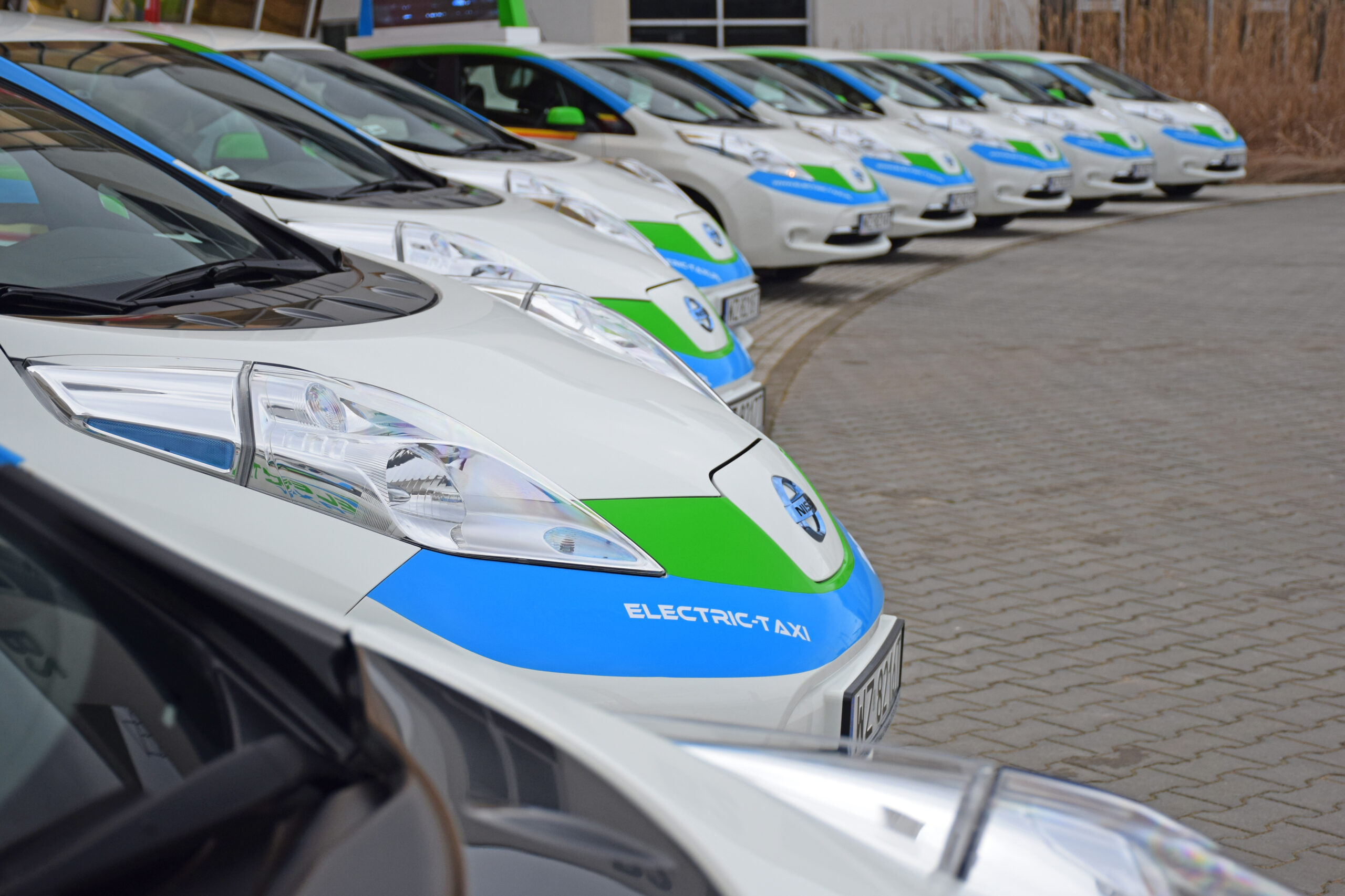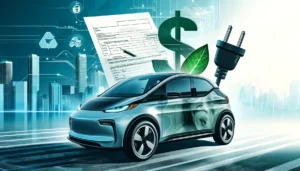The Dominance of Class 1 and 2 EVs
Class 1 and 2 electric vehicles (EVs) have emerged as the entry point for fleet electrification, representing light-duty vehicles such as delivery vans, passenger cars, and utility trucks. These vehicles dominate early adoption because they offer a practical, affordable, and scalable way for fleets to begin their transition.
Key Advantages of Class 1 and 2 EVs
These two classes of EVs account for over 93% of electric vehicles in fleets, according to Electrada’s 2023 survey. Several factors contribute to their popularity:
- Lower Costs: These vehicles are more affordable than medium– and heavy-duty EVs, both in terms of upfront costs and total cost of ownership (Electrada, 2023).
- Urban Suitability: Ideal for short, predictable routes, these EVs excel in urban settings where range and infrastructure limitations are less pronounced.
- Rapid Market Growth: The market for these vehicles is projected to grow from $93 billion in 2024 to $211 billion by 2029 (McKinsey & Company, 2023).

Addressing Challenges
Despite their advantages, fleets adopting these EVs face challenges such as limited range and charging access. However, federal and state incentives, including tax credits for vehicle purchases and charging infrastructure, help offset these hurdles. Additionally, tools like NREL’s TCO calculator provide clear insights into cost savings, enabling fleet managers to make informed decisions (NREL, 2024).
Conclusion
Class 1 and 2 EVs are driving fleet electrification forward. By reducing emissions and operating costs while maintaining operational efficiency, these vehicles are transforming how fleets operate in urban environments.
Works Cited
Electrada. “The State of Fleet EV Adoption.” Electrada, 2023, electrada.com
McKinsey & Company. “Why the Economics of Electrification Make This Decarbonization Transition Different.” McKinsey & Company, 2023, www.mckinsey.com.
National Renewable Energy Laboratory (NREL). “Commercial Electric Vehicle Cost-of-Ownership Tool.” NREL, 2024, www.nrel.gov.
_ _
Written by Taylor Steele
January 2024




